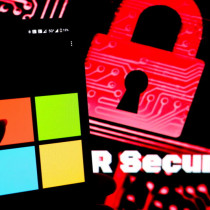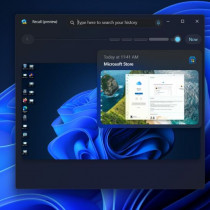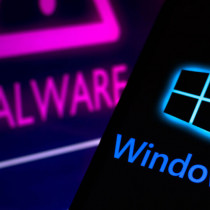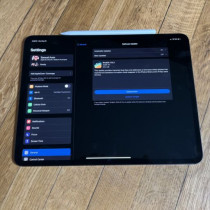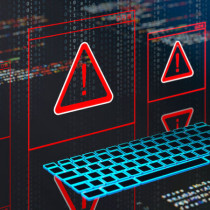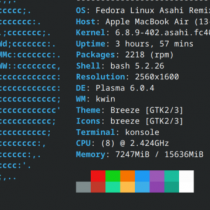Migrating device drivers to Linux kernel 2.6
The kernel is the heart of the Linux operating system, managing all system threads, processes, resources, and resource allocation. Unlike most other operating systems, Linux enables users to reconfigure the kernel, which is usually done to reduce its size and add or deactivate support for specific devices or subsystems. Reconfiguring the kernel to remove support for unused devices and subsystems is quite common when developing embedded systems, because a smaller kernel requires less memory, increasing the resources available to your applications.
Device drivers are the software interface between your hardware and the Linux kernel. Device drivers are low-level, hardware-specific software components that enable devices to interact with more generic, higher-level application programming interfaces (APIs). Providing support for a specific subsystem or hardware interface, such as SCSI, USB, or PCMCIA, is very different than providing support for every SCSI, USB, or PCMCIA device. Testing every possible device that could be used over a specific subsystem is an impossibility; new devices are being made available every day. The kernel provides support for specific subsystems; device drivers provide support for specific devices that use those subsystems. Maintaining the separation of high-level APIs and low-level device functionality makes it relatively fast and easy to add support for new devices to existing systems by writing the appropriate driver for a new device and making it available to the kernel.





